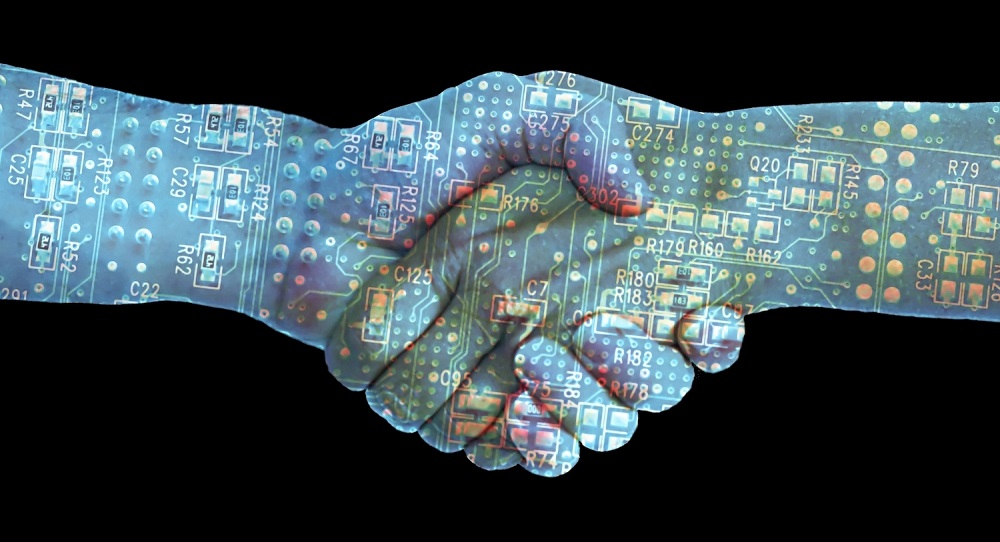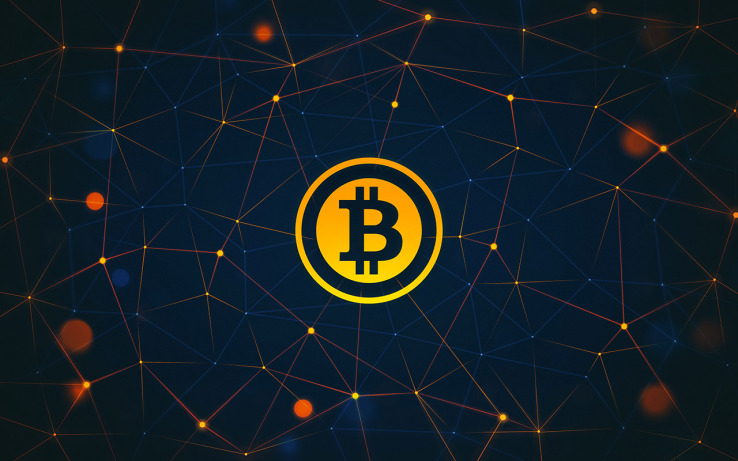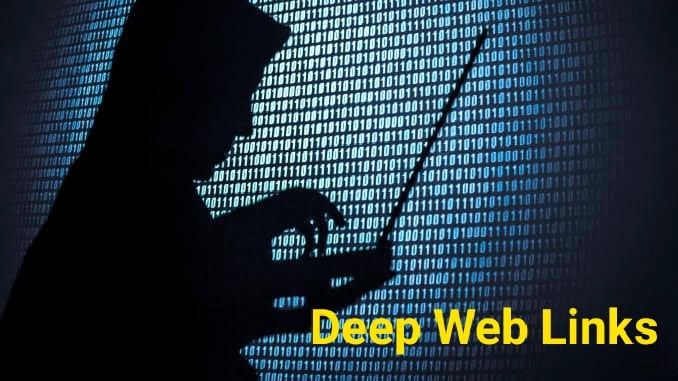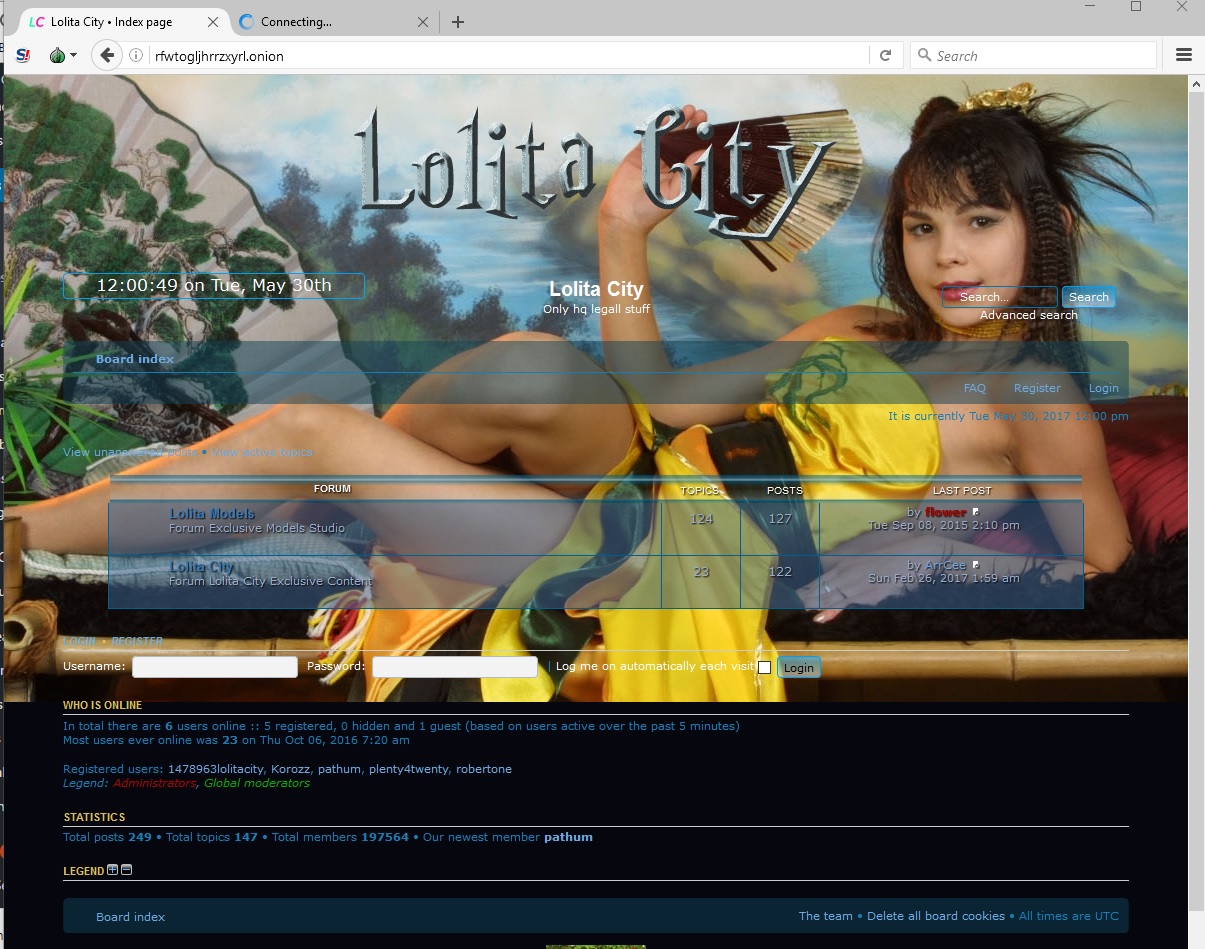All Bitcoin transactions( financial services) are recorded in an open ledger called Blockchain, in a linear, time-stamped series of bundled transactions known as Blocks in the digital world.
A block chain – originally blockchain – is a continuously growing list of records, called blocks, which are linked and secured using cryptography. Each block typically contains a hash pointer as a link to a previous block, a timestamp and transaction data. By design, blockchains are inherently resistant to modification of the data. private key

A blockchain can serve as “an open, distributed ledger that can record transactions between two parties efficiently and in a verifiable and permanent way.For use as a distributed ledger, a blockchain is typically managed by a peer-to-peer network collectively adhering to a protocol for validating new blocks. Once recorded, the data in any given block cannot be altered retroactively without the alteration of all subsequent blocks, which needs a collision of the network majority.
Read More:- Top 8 Quick Facts About Bitcoin-Digital Cryptocurrency
Blockchains are secure by design and are an example of a distributed computing system with high Byzantine fault tolerance. Decentralized consensus has therefore been achieved with a blockchain. This makes blockchains potentially suitable for the recording of events, medical records, and other records management activities, such as identity management, transaction processing, documenting provenance, or food traceability.
The first distributed blockchain was conceptualised by an anonymous person or group known as Satoshi Nakamoto, in 2008 and implemented the following year as a core component of the digital currency – bitcoin – where it serves as the public ledger for all transactions. The invention of the blockchain for bitcoin made it the first digital currency to solve the double spending problem without the use of a trusted authority or central server. The bitcoin design has been the inspiration for other applications.

By storing data across its network, the blockchain eliminates the risks that come with data being held centrally. The decentralized blockchain may use ad-hoc message passing and distributed networking. Its network lacks centralized points of vulnerability that computer crackers can exploit; likewise,
it has no central point of failure. Blockchain security methods include the use of public-key cryptography. A public key (a long, random-looking string of numbers) is an address on the blockchain. Value tokens sent across the network are recorded as belonging to that address. A private key is like a password that gives its owner access to their digital assets or otherwise interacts with the various capabilities that blockchains now support. Data stored on the blockchain is generally considered incorruptible.
A public key (a long, random-looking string of numbers) is an address on the blockchain. Value tokens sent across the network are recorded as belonging to that address. A private key is like a password that gives its owner access to their digital assets or otherwise interacts with the various capabilities that blockchains now support. Data stored on the blockchain is generally considered incorruptible.

Every node or miner in a decentralized system has a copy of the blockchain. Data quality is maintained by massive database replication[9] and computational trust. No centralized “official” copy exists and no user is “trusted” more than any other. Transactions are broadcast to the network using the software.
( key cryptography central authority digital currency digital assets valid transactions shared public system of record blockchain technology distributed networking previous blocks transactions are broadcast)
Messages are delivered on a best effort basis. Mining nodes validate transactions, add them to the block they are building, and then broadcast the completed block to other nodes. Blockchains use various time-stamping schemes, such as proof-of-work, to serialize changes.
Alternate consensus methods include proof-of-stake and proof-of-burn. The growth of a decentralized blockchain is accompanied by the risk of node centralization because computer resources required to operate bigger data become more expensive.
In simple words, Blockchain holds a decentralized record of all transactions that are updated and held by all users (also known as miners) of the Bitcoin network. Once a transaction is updated in the Blockchain, it can’t be erased or modified, no matter what. We could say that the Blockchain is similar to a ledger that a bank maintains to record its each and every transaction on a daily basis, which can’t be modified in the future.
The only difference is that in the case of a bank, the ledger is controlled by the bank itself and is not accessible to anyone apart from the bank authorities, whereas Blockchain is a public distributed ledger, which means a copy of the Blockchain ledger file is shared among all the participants globally, also called miners. Even you can become a miner by simply downloading the open-source Bitcoin software.
The words block and chain were used separately in Satoshi Nakamoto’s original paper in October 2008,[18] and when the term moved into wider use it was originally blocked chain,[4][5] before becoming a single word, the blockchain, by 2016. In August 2014, the bitcoin blockchain file size reached 20 gigabytes. In January 2015, the size had grown to almost 30 gigabytes, and from January 2016 to January 2017, the bitcoin blockchain grew from 50 gigabytes to 100 gigabytes in size.

By 2014, “Blockchain 2.0” was a term referring to new applications of the distributed blockchain database. The Economist described one implementation of this second-generation programmable blockchain as coming with “a programming language that allows users to write more sophisticated smart contracts, thus creating invoices that pay themselves when a shipment arrives or share certificates which automatically send their owners dividends if profits reach a certain level. Blockchain 2.0 technologies go beyond transactions and enable “exchange of value without powerful intermediaries acting as arbiters of money and information”.
Blockchain 2.0 technologies go beyond transactions and enable “exchange of value without powerful intermediaries acting as arbiters of money and information”.
They are expected to enable excluded people to enter the global economy, enable the protection of privacy and people to “monetize their own information”, and provide the capability to ensure creators are compensated for their intellectual property. Second-generation blockchain technology makes it possible to store an individual’s “persistent digital ID and persona” and are providing an avenue to help solve the problem of social inequality by the way wealth is distributed”.As of 2016, Blockchain 2.0 implementations continue to require an off-chain oracle to access any “external data or events based on time or market conditions [that need] to interact with the blockchain”.
Read More:– Everything You Need To Know About Bitcoin, Digital Cryptocurrency
Miners secure the Bitcoin network and process transactions. Without miners, Bitcoin would be vulnerable to attack and become worth nothing.
People do mining because they receive newly created Bitcoins in return for their efforts.
What affects Bitcoin’s Price?
Like everything, Bitcoin’s price is determined by the law of supply and demand.
Bitcoin is traded for dollars, euros, yen, INR and other currencies in real time – 24 hours a day. The price of a bitcoin changes in real time based on the number of people who want to buy or sell it at a given moment.
This is similar to the manner in which the value of a stock or property can go up or down based on supply and demand. Bitcoin’s value can be volatile compared to traditional currencies such as the US dollar because it is still an emerging digital currency.
How are bitcoins created?
The answer is BITCOIN MINING.
Bitcoin mining is the process through which new bitcoins are released to come into circulation. Roughly, new bitcoins can be created every 10 minutes






![[Top 9] Chat Forums on Deep Web | Deep Web Chat Rooms | Enter At Your own Risk Top 9 Chat Forums on Deep Web, The Lolita City, onion deep web, dark web lolita, lolita city,](https://www.gadgetgyani.com/wp-content/uploads/2018/03/deep-web-CHAT-FORUMS.jpg)













